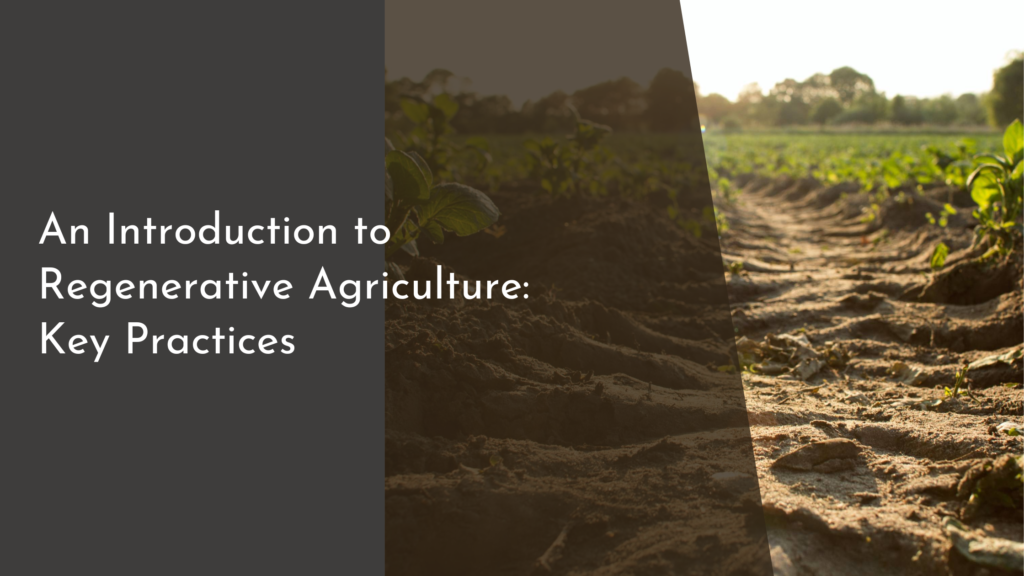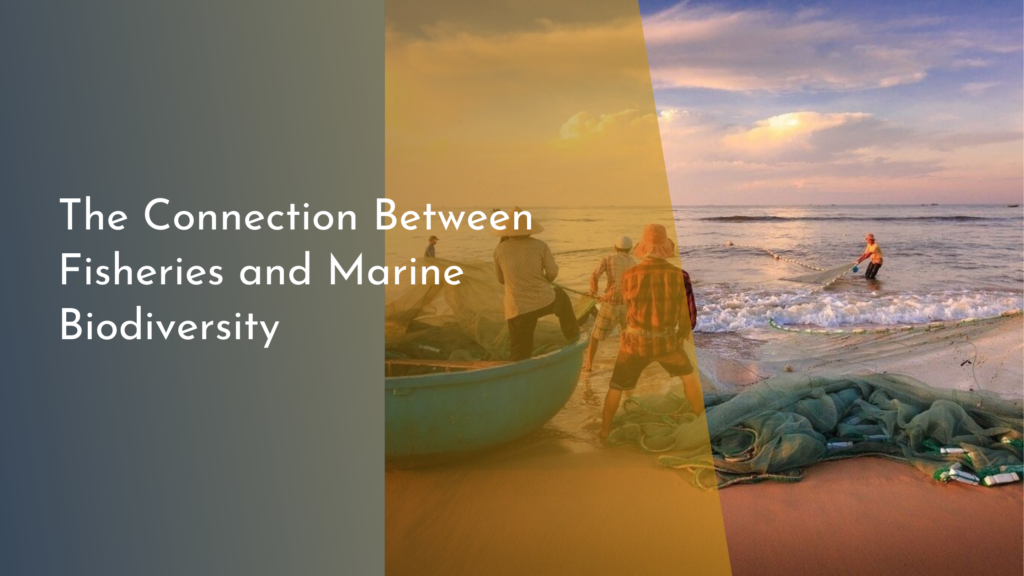Restoring Ghost Forests: Saltwater Intrusion Mitigation Strategies
Ghost forests, once vibrant with life, are now haunting reminders of the impacts of climate change and human activity on our coastal ecosystems. These areas, characterized by dead or dying trees, primarily result from saltwater intrusion, a phenomenon exacerbated by rising sea levels and increased storm intensity. As we face the challenges posed by these changes, it becomes crucial to explore effective strategies for restoring these ghost forests and reviving the ecosystems they once supported. This article delves into the unique challenges posed by ghost forests, the impact of saltwater intrusion, innovative restoration strategies, and the successes we can celebrate together.
Understanding Ghost Forests and Their Unique Challenges
Ghost forests are coastal woodlands that have been transformed into barren landscapes due to environmental stressors, primarily saltwater intrusion. This process occurs when saltwater from the ocean encroaches into freshwater ecosystems, often as a result of rising sea levels or human activities such as groundwater extraction. The trees in these areas, which are typically salt-sensitive species, struggle to survive in the increasingly saline environment, leading to widespread mortality and the formation of ghost forests. These areas not only lose their aesthetic and ecological value but also disrupt the habitats of countless species that rely on these forests for shelter and food.
The challenges of restoring ghost forests are multifaceted. First, the soil in these areas often becomes inhospitable to traditional tree species, as the increased salinity can hinder seed germination and root development. Additionally, the loss of tree cover can lead to increased erosion and degradation of the soil, making it even harder for new plants to take root. Moreover, ghost forests often exist in dynamic coastal environments where climate change continues to alter conditions. Addressing these challenges requires a comprehensive understanding of the unique ecosystems involved and the implementation of targeted restoration strategies.
The Impact of Saltwater Intrusion on Coastal Ecosystems
Saltwater intrusion has far-reaching consequences for coastal ecosystems, affecting not only the flora but also the fauna that depend on these habitats. As saltwater replaces freshwater in estuaries and wetlands, it disrupts the delicate balance of these ecosystems, leading to a decline in biodiversity. Species that are unable to adapt to the higher salinity levels face extinction, while those that thrive in saline conditions may proliferate, resulting in a shift in species composition. This loss of biodiversity can destabilize food webs and diminish the resilience of these ecosystems to further environmental changes.
Furthermore, the impact of saltwater intrusion extends beyond biological diversity. It can also affect the physical and chemical properties of the soil, leading to decreased soil fertility and altered hydrology. These changes can have significant implications for local communities that depend on coastal resources for their livelihoods, such as fishing and tourism. As coastal habitats degrade, the economic and cultural value of these areas diminishes, highlighting the urgent need for effective mitigation strategies to combat saltwater intrusion and restore ghost forests.
Innovative Strategies for Restoring Ghost Forests Today
Innovative restoration strategies are being developed to combat the challenges posed by ghost forests and saltwater intrusion. One promising approach is the use of salt-tolerant tree species, which can thrive in saline conditions and help stabilize the ecosystem. By introducing species such as black mangroves or red maples, restoration efforts can promote the growth of new forests that are better adapted to the changing environment. Additionally, creating living shorelines—natural barriers composed of plants, rocks, and sand—can help mitigate erosion and reduce the impact of saltwater intrusion by providing a buffer between land and sea.
Another exciting strategy involves the use of technology and community engagement. Scientists and conservationists are utilizing remote sensing and data analytics to monitor changes in ghost forests and identify areas most in need of restoration. By involving local communities in these efforts, we can foster a sense of stewardship and ensure that restoration projects are tailored to the specific needs of the ecosystem. Engaging volunteers in planting initiatives and educational programs can also raise awareness about the importance of these coastal habitats, encouraging collective action toward their revival.
Celebrating Success: Reviving Our Coastal Habitats Together
As we implement these innovative strategies, there are already heartwarming success stories emerging from restoration projects around the globe. Communities are coming together to revive ghost forests, replanting native species and restoring the natural balance of coastal ecosystems. In places like the Gulf Coast and the Chesapeake Bay, local organizations have reported significant increases in tree survival rates and biodiversity following restoration efforts. These successes not only breathe new life into ghost forests but also serve as a beacon of hope for other regions facing similar challenges.
Celebrating these achievements is essential, as it encourages further investment in restoration initiatives and highlights the positive impact of community involvement. By sharing stories of success, we can inspire others to take action and contribute to the restoration of ghost forests in their own areas. Together, we can create a brighter future for our coastal habitats, ensuring that they continue to thrive for generations to come. The journey of restoring ghost forests is a testament to the resilience of nature and the power of collective action, reminding us that every effort counts in the fight against climate change.
In conclusion, restoring ghost forests is a vital endeavor that requires a collaborative approach and innovative strategies to mitigate the impacts of saltwater intrusion. By understanding the unique challenges these ecosystems face and celebrating the successes of restoration efforts, we can work together to revitalize our coastal habitats. As we move forward, let us remain optimistic and proactive, knowing that each step we take brings us closer to a thriving, resilient coastal environment. Together, we can ensure that our ghost forests are transformed from haunting reminders of loss into vibrant symbols of hope and renewal.


